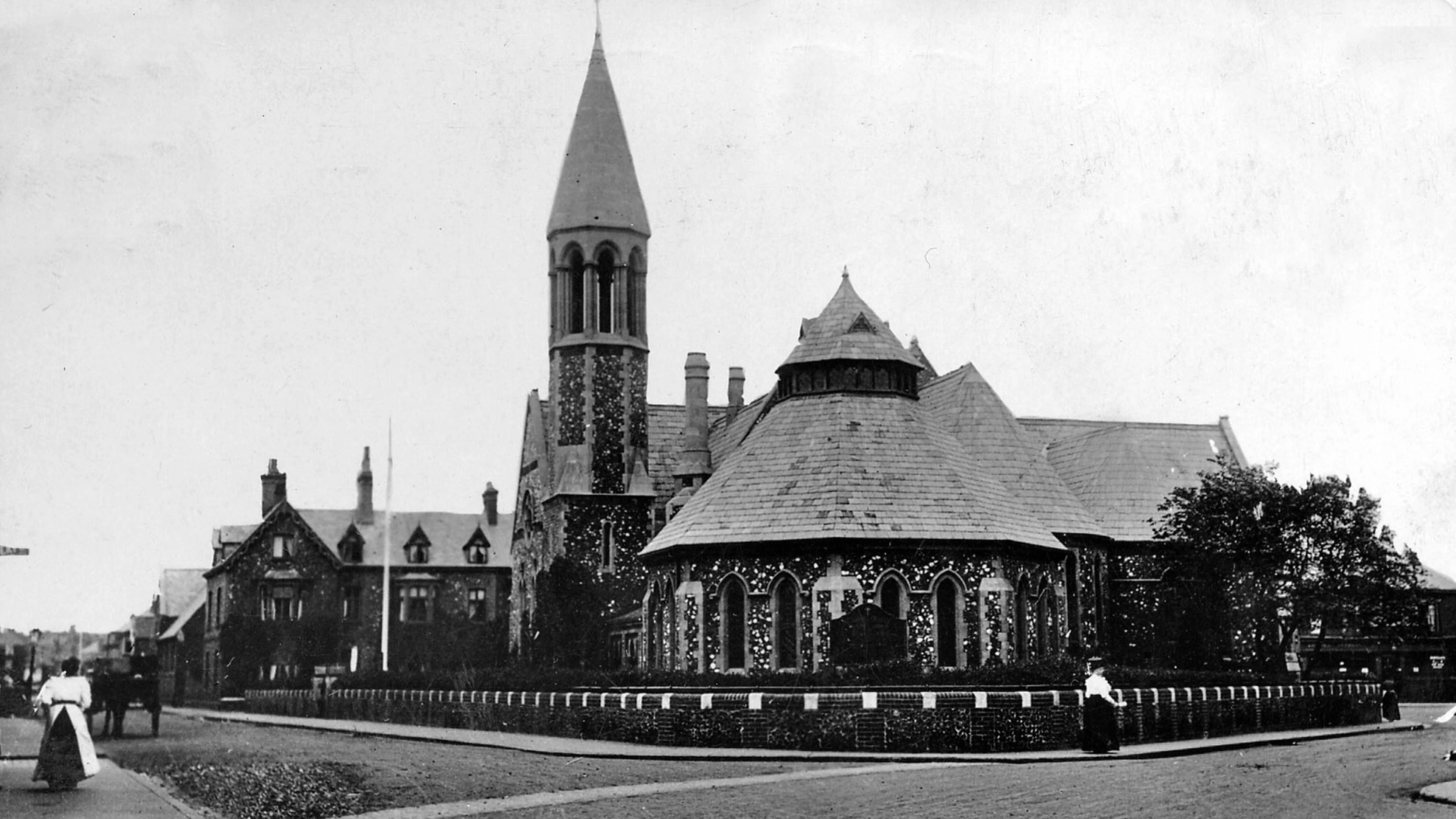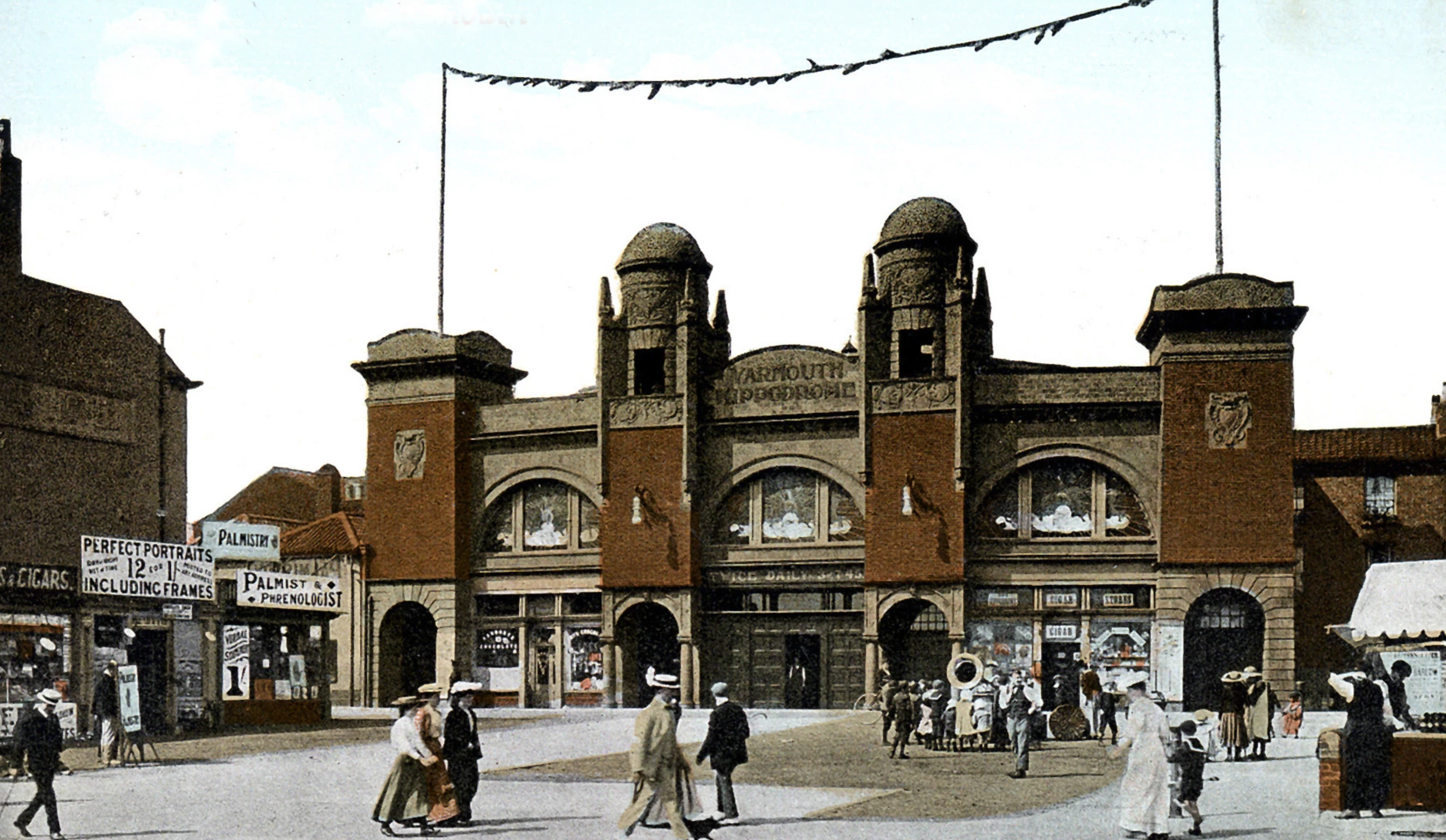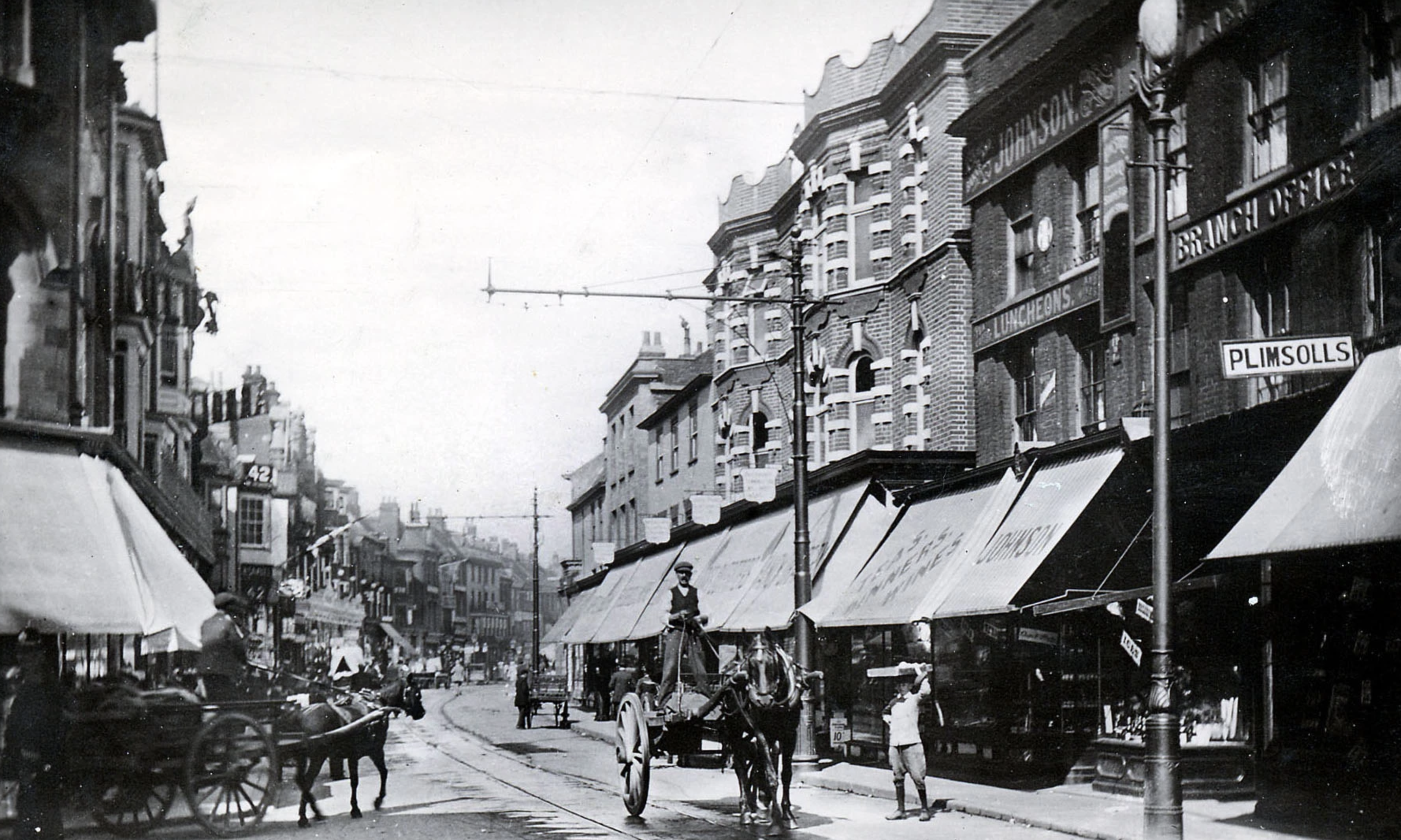Angel Hotel, Market Place, site of

The Angel Hotel was one of the oldest inns in the town; there are records of it being rebuilt in 1652. The earliest recorded landlord is Samuel Foreman, who was there in 1746. This coaching inn stood on the corner of Row 44, which was named Angel Row. The Angel was a popular venue for entertainment and social gatherings for many years. In 1736, John Ives, a local historian, recorded that he went to see the famous Mr. Laisser, the conjuror at the Angel.
The inn also had its share of royal visitors: King William IV, when Duke of Clarence, with his Duchess (later Queen Adelaide) landed at Great Yarmouth and stayed at the Angel and, in November 1801, the Prince of Orange, having arrived from London stayed at the Angel for ten days before sailing for Cuxhaven in Germany.
On 5th January 1804, a Captain Dickens, of the Shropshire Militia, took on a considerable wager to walk the 47 miles from the Angel in Norwich to the Angel in Great Yarmouth, and return within 12 hours. He performed the task with apparent ease, completing the journey in 11½ hours. On 2nd February 1813, an eccentric Norfolk gentleman, by the name of James Webb, visited the Angel. He was a wealthy man, who made a habit of handing out money to less-fortunate members of the community. After visiting Norwich he arrived in Great Yarmouth and proceeded to give away money, but this quickly led to somewhat violent squabbling and arguing, such that he was forced to leave. He did, however, leave the town a large sum to be allocated amongst local charities.
In the mid 19th Century the Angel was the headquarters of the Tory Party and, during political meetings, the crowds in the Market Place were addressed from its balcony. Before the town had a purpose-built corn exchange the buyers and sellers carried out their business in front of the Angel.
In 1831, James Paget, in his second year of training to become a surgeon, attended a course of lectures on bones given by a young surgeon from Acle in a room at the Angel.
The Angel was an important departure point for the stagecoaches. In 1839, the Dart left at 8am and, the Royal Mail at 4pm daily, for Norwich. In 1843, the Old Blue stagecoach left the Angel at 7.30am for London and the Hero left on Monday, Wednesday and Friday at 11am. By 1850, very few coaches were still running, but the Old Blue still ran from the Angel to Ipswich via Yoxford. In 1863, the mail cart still found enough business to run a service to Ipswich via Lowestoft daily at 5pm.
There were livery stables at the rear, accessed through a rather low entrance under the southern end of the building. In 1836, Revd. Richard Pillons of Larling was driving his carriage into the Angel, when his head caught the beam above the entrance and he broke his neck, causing instant death.
For many years a sign depicting an angel holding a scroll projected from the balcony. This sign reflected the early connection between religious establishments and travellers’ hostels. Many public houses in the country were called the Angel, which was also a compliment to Richard II, who placed an angel above his shield.
In the 1880s, the Angel was classed as a family and commercial hotel and there was a tap bar accessed from Row 44.
The Angel closed in 1939. To help overcome wartime food shortages and to feed people in temporary accommodation, a network of British Restaurants were set up. In Great Yarmouth the old Angel Hotel was taken over by the Government and used for this purpose, opening in February 1942. The aim was to provide good, cheap and plain food at lunch times. An adult meal cost 9d (about 3p). In 1946, the ownership passed from the Ministry of Food to the Council and for a few years it was known as the Civic Restaurant. The building was demolished in July 1957, rebuilt as two shop units that are today, the Works and a building society.



